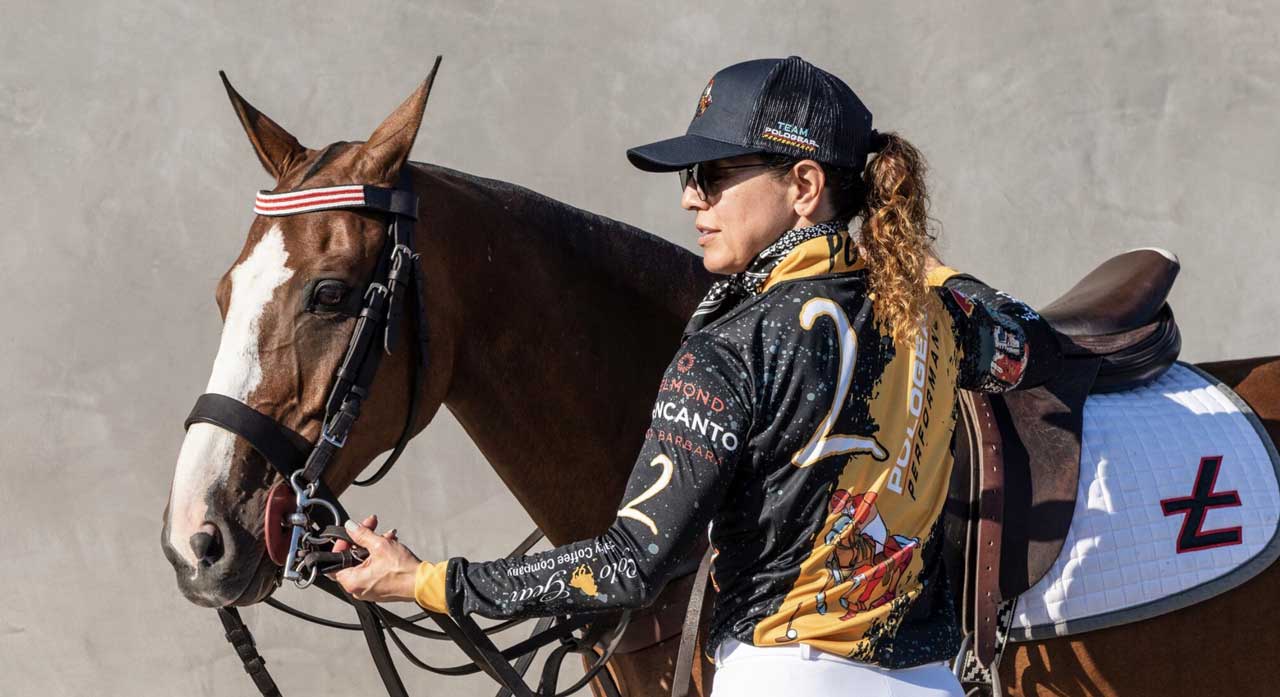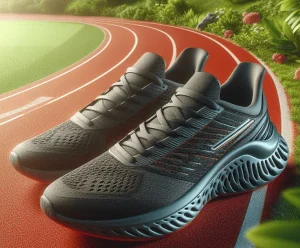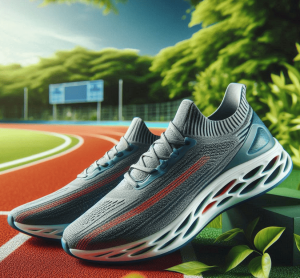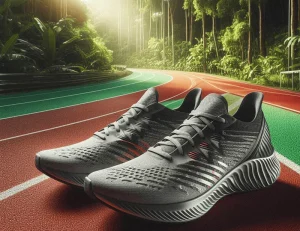Table of Contents
Polo Equipment, often hailed as the “Sport of Kings,” is a thrilling blend of athleticism, strategy, and equestrian skills. Whether you’re a beginner or an experienced player, having the right Polo Equipment is essential for both performance and safety. This comprehensive guide will help you navigate the world of polo gear, ensuring you find the perfect equipment tailored to your skill level.

Understanding the Basics of Polo Equipment
Before diving into the specifics of choosing gear, it’s important to understand the fundamental pieces of Polo Equipment. These include the polo pony, saddle, mallet, helmet, boots, and protective gear. Each item plays a crucial role in the game, impacting your performance and safety.
Polo Pony
The polo pony is arguably the most important piece of Polo Equipment. These horses are specially trained for the sport, known for their agility, speed, and stamina. Choosing the right pony depends on your skill level and playing style. Beginners should look for calm, well-trained ponies that can help them learn the basics, while advanced players might opt for more spirited horses that can handle the demands of competitive play.
Saddle
A good polo saddle provides comfort and stability for both the rider and the horse. Polo saddles are typically lighter and smaller than traditional riding saddles, allowing for greater maneuverability. When choosing a saddle, consider factors like fit, material, and weight. Ensure the saddle fits both you and your pony correctly to avoid discomfort and potential injury.
Mallet
The polo mallet is your primary tool on the field. Mallets come in various lengths and weights, and choosing the right one can significantly impact your performance. Beginners should start with lighter mallets, which are easier to handle and control. As you advance, you can experiment with heavier mallets to gain more power in your swings.
Helmet
Safety is paramount in polo, and a high-quality helmet is essential. Look for helmets that meet safety standards and provide adequate protection. Modern polo helmets often come with face guards or visors for additional safety. Ensure your helmet fits snugly but comfortably, and always replace it after any significant impact.
Boots
Polo boots protect your legs and feet while providing support and stability. They should be durable, comfortable, and offer good grip. Leather boots are a popular choice due to their durability and classic look. Ensure your boots fit well and break them in before taking them on the field to avoid blisters and discomfort.
Protective Gear
Additional protective gear includes knee pads, gloves, and elbow pads. These items help prevent injuries and provide extra support. Even if you’re an experienced player, wearing proper protective gear is crucial to avoid serious injuries.
Choosing Polo Equipment for Beginners
As a beginner, your focus should be on learning the basics of the game and ensuring your safety. Here’s a guide to selecting the right Polo Equipment for novices.
Polo Pony for Beginners
Start with a calm, well-trained pony that can help you build confidence. Look for ponies with a gentle temperament and a history of working with beginner riders. Your instructor or a reputable polo club can help you find a suitable pony.
Beginner’s Saddle
Choose a saddle that fits both you and your pony well. Comfort and stability are key, so opt for a saddle with good padding and a secure fit. Leather saddles are durable and provide a classic look, but synthetic options can be lighter and more affordable.
Mallet for Novices
A lightweight mallet is easier to control, helping you develop your swing technique. Standard mallet lengths range from 48 to 53 inches, but as a beginner, you might want to start with a shorter mallet to improve your accuracy and control.
Essential Helmet
Invest in a high-quality helmet that meets safety standards. Look for features like adjustable straps and good ventilation. Comfort is crucial, as you’ll be wearing the helmet for extended periods.
Suitable Boots
Choose boots that offer good protection and support. Leather boots are ideal, but ensure they are well-fitted and broken in before your first game. Consider boots with reinforced toes and ankle support for added safety.
Basic Protective Gear
Start with knee pads and gloves to protect against common injuries. As you gain experience, you can add more protective gear as needed.
Intermediate Polo Equipment Selection
As you progress, your equipment needs will evolve. Intermediate players should focus on enhancing performance while maintaining safety.
Polo Pony for Intermediates
At this stage, you might consider a more spirited pony that can match your improved skills and faster pace of play. Look for ponies with good agility and stamina. Working with a trainer can help you find the perfect match.
Intermediate Saddle
Consider upgrading to a higher-quality saddle that offers better support and durability. Custom or semi-custom saddles can provide a better fit and enhance your comfort and performance on the field.
Mallet Choices
Experiment with different mallet weights and lengths to find the best fit for your playing style. A slightly heavier mallet can provide more power, but ensure it doesn’t compromise your control.
Advanced Helmet Features
Upgrade to a helmet with advanced safety features like impact-resistant materials and enhanced ventilation. Comfort remains important, so look for adjustable options that fit well.
Intermediate Boots
Opt for boots with better grip and ankle support. Higher-quality leather boots can offer enhanced durability and protection. Consider custom-fit options for maximum comfort.
Enhanced Protective Gear
Incorporate elbow pads and more advanced knee pads for additional protection. Intermediate players face more intense gameplay, making comprehensive protective gear essential.
Advanced Polo Equipment: Optimizing Performance
Advanced players need top-tier Polo Equipment to optimize their performance and safety. Here’s how to choose gear that meets the demands of high-level play.
Elite Polo Ponies
Advanced players often have a string of ponies to rotate during matches. These ponies should be highly trained, agile, and able to handle the rigors of competitive play. Work with experienced trainers to maintain and train your ponies for peak performance.
High-Performance Saddle
Invest in a custom or high-end saddle designed for advanced play. These saddles offer superior fit, support, and durability. Look for features like reinforced stirrup bars and advanced padding to enhance comfort and stability.
Professional-Grade Mallet
Choose a mallet that perfectly suits your playing style. Professional-grade mallets are often made from high-quality materials like cane or fiberglass, offering excellent balance and power. Experiment with different mallet heads and grips to find the perfect combination.
Top-Tier Helmet
Advanced players should use helmets with the highest safety ratings. Look for helmets made from advanced materials like carbon fiber, which offer superior protection and are lightweight. Consider helmets with built-in communication systems for team coordination.
Custom-Fit Boots
Custom-fit boots provide the best support, protection, and comfort. Look for boots made from premium leather with reinforced areas for added durability. Ensure your boots offer excellent grip and ankle support for optimal performance.
Comprehensive Protective Gear
Wear a full set of protective gear, including knee pads, elbow pads, gloves, and chest protectors. Advanced gameplay is more intense, making comprehensive protection crucial. Look for gear made from high-quality materials that offer maximum protection without compromising mobility.
Caring for Your Polo Equipment
Proper maintenance of your Polo Equipment is essential to ensure longevity and performance. Here are some tips to keep your gear in top condition.
Regular Cleaning
After each use, clean your equipment to remove dirt, sweat, and grime. For leather items like saddles and boots, use a leather cleaner and conditioner to maintain suppleness and prevent cracking. For mallets and protective gear, wipe them down with a damp cloth and let them air dry.
Storage
Store your equipment in a cool, dry place away from direct sunlight. Avoid damp areas that can cause mold and mildew. Use saddle racks and boot trees to maintain the shape of your gear. For mallets, store them vertically to prevent warping.
Routine Inspections
Regularly inspect your equipment for signs of wear and tear. Check your saddle for loose stitching, your mallet for cracks, and your boots for sole wear. Address any issues promptly to avoid further damage and ensure your equipment remains safe to use.
Professional Servicing
Have your saddle and other leather goods professionally serviced periodically. A saddle fitter can adjust and repair your saddle to ensure it remains comfortable and supportive. Mallets can be rewrapped or repaired by specialists if they show signs of damage.
Polo Equipment
Finding the perfect Polo Equipment tailored to your skill level can greatly enhance your enjoyment and performance in the sport. From choosing the right pony and saddle to selecting the best mallet and protective gear, each piece plays a crucial role in your overall experience. Whether you’re a beginner, intermediate, or advanced player, investing in the right equipment and maintaining it properly will ensure you get the most out of your polo journey. So, saddle up, grab your mallet, and enjoy the thrilling world of polo with confidence and style!





More Stories
Unlock Lasting Strength with Stylish and Supportive Mens Joggers Shoes
Transform Your Runs with These Powerful Running Shoes Built for Pure Comfort
Discover the Best Running Shoes Ever for an Unstoppable Performance Boost